Saint Tyagaraja – a brief profile
advertisement
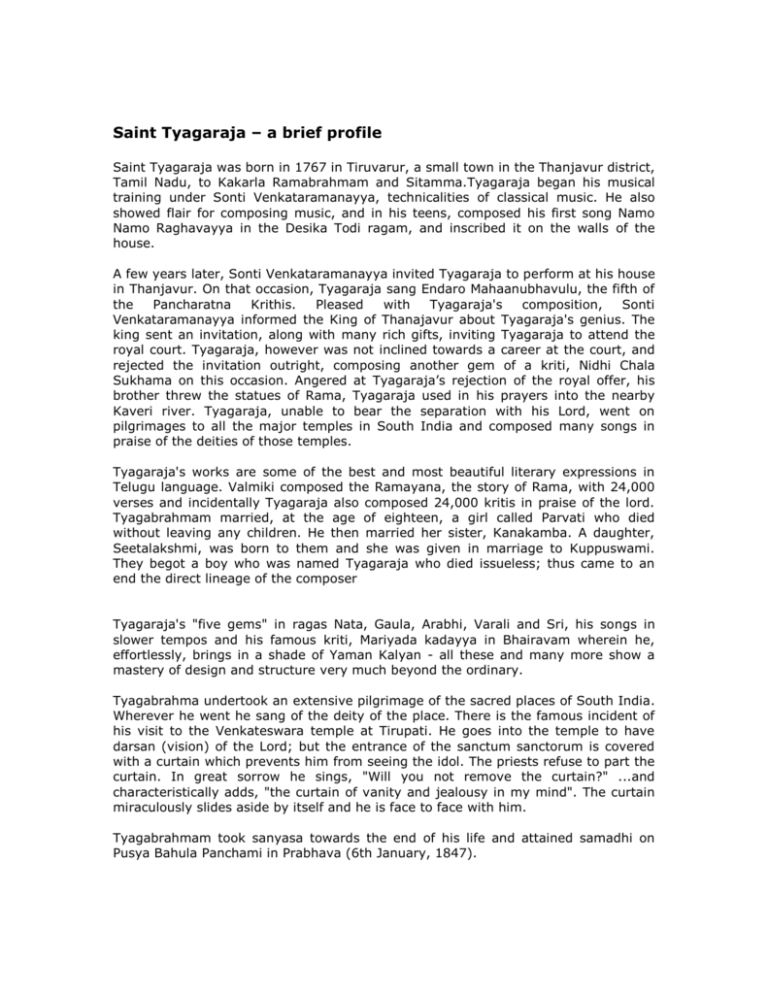
Saint Tyagaraja – a brief profile Saint Tyagaraja was born in 1767 in Tiruvarur, a small town in the Thanjavur district, Tamil Nadu, to Kakarla Ramabrahmam and Sitamma.Tyagaraja began his musical training under Sonti Venkataramanayya, technicalities of classical music. He also showed flair for composing music, and in his teens, composed his first song Namo Namo Raghavayya in the Desika Todi ragam, and inscribed it on the walls of the house. A few years later, Sonti Venkataramanayya invited Tyagaraja to perform at his house in Thanjavur. On that occasion, Tyagaraja sang Endaro Mahaanubhavulu, the fifth of the Pancharatna Krithis. Pleased with Tyagaraja's composition, Sonti Venkataramanayya informed the King of Thanajavur about Tyagaraja's genius. The king sent an invitation, along with many rich gifts, inviting Tyagaraja to attend the royal court. Tyagaraja, however was not inclined towards a career at the court, and rejected the invitation outright, composing another gem of a kriti, Nidhi Chala Sukhama on this occasion. Angered at Tyagaraja’s rejection of the royal offer, his brother threw the statues of Rama, Tyagaraja used in his prayers into the nearby Kaveri river. Tyagaraja, unable to bear the separation with his Lord, went on pilgrimages to all the major temples in South India and composed many songs in praise of the deities of those temples. Tyagaraja's works are some of the best and most beautiful literary expressions in Telugu language. Valmiki composed the Ramayana, the story of Rama, with 24,000 verses and incidentally Tyagaraja also composed 24,000 kritis in praise of the lord. Tyagabrahmam married, at the age of eighteen, a girl called Parvati who died without leaving any children. He then married her sister, Kanakamba. A daughter, Seetalakshmi, was born to them and she was given in marriage to Kuppuswami. They begot a boy who was named Tyagaraja who died issueless; thus came to an end the direct lineage of the composer Tyagaraja's "five gems" in ragas Nata, Gaula, Arabhi, Varali and Sri, his songs in slower tempos and his famous kriti, Mariyada kadayya in Bhairavam wherein he, effortlessly, brings in a shade of Yaman Kalyan - all these and many more show a mastery of design and structure very much beyond the ordinary. Tyagabrahma undertook an extensive pilgrimage of the sacred places of South India. Wherever he went he sang of the deity of the place. There is the famous incident of his visit to the Venkateswara temple at Tirupati. He goes into the temple to have darsan (vision) of the Lord; but the entrance of the sanctum sanctorum is covered with a curtain which prevents him from seeing the idol. The priests refuse to part the curtain. In great sorrow he sings, "Will you not remove the curtain?" ...and characteristically adds, "the curtain of vanity and jealousy in my mind". The curtain miraculously slides aside by itself and he is face to face with him. Tyagabrahmam took sanyasa towards the end of his life and attained samadhi on Pusya Bahula Panchami in Prabhava (6th January, 1847). Remembrance Tyagaraja Aradhana, the commemorative music festival is held every year at Thiruvaiyaru in the months of January to February in Tyagaraja's honour. This is a week-long festival of music where various Carnatic musicians from all over the world converge at his resting place. On the Pushya Bahula Panchami, thousands of people and hundreds of Carnatic musicians sing the five Pancharatna Kritis in unison, with the accompaniment of a large bank of accompanists on violins, flutes, nagasvarams, mridangams and ghatams Some of the famous compositions by Saint Tyagaraja are: RAGASUDHA RASA PANAMY- ANDOLIKA CUTAMU RARE- ARABHI VANDANAMU RAGHUNANDANA- SAHANA DORAKUNA ITUVANTISEVA- BILAHARI IMTA SAUKHYAMANI- KAPI VASUDEVA YANI VEDALIN- KALYANI - By Malathy Nagalakshmi




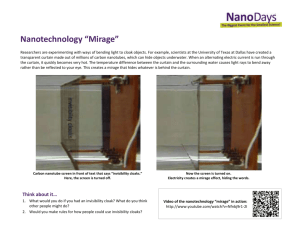
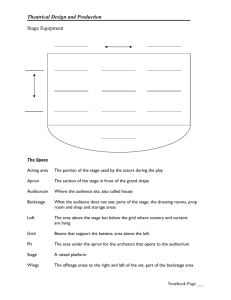
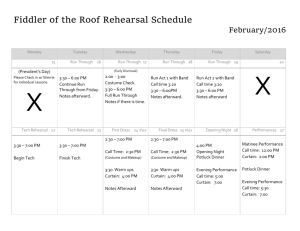

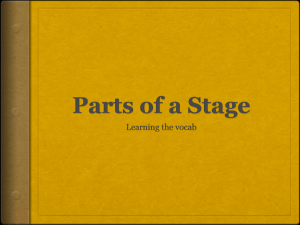
![The mysterious Benedict society[1]](http://s2.studylib.net/store/data/005310565_1-e9948b5ddd1c202ee3a03036ea446d49-300x300.png)

